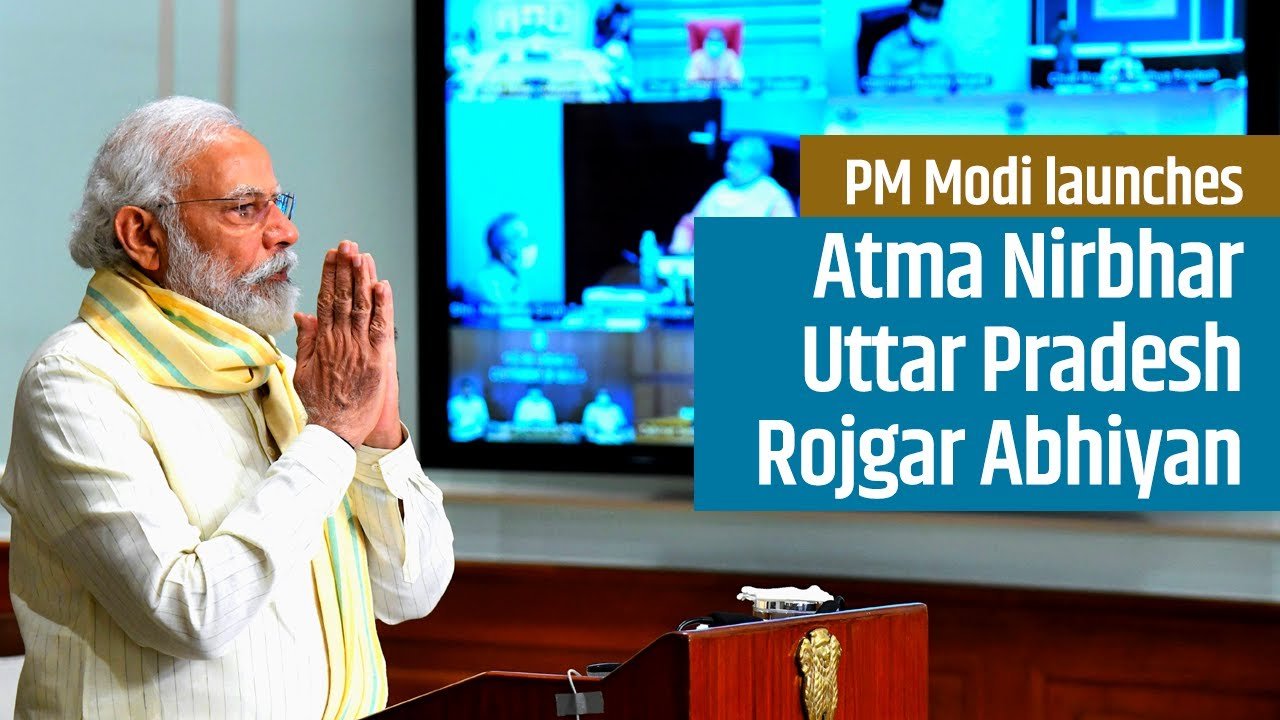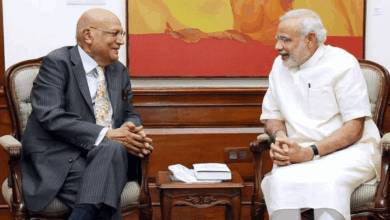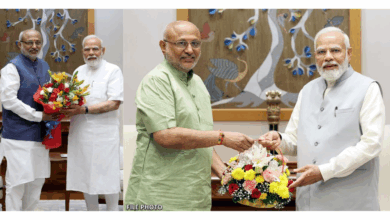Historic reforms initiated in the Space sector

Union Cabinet chaired by Prime Minister Shri Narendra Modi today approved far reaching reforms in the Space sector aimed at boosting private sector participation in the entire range of space activities. The decision taken is in line with the long-term vision of the Prime Minister of transforming India and making the country self-reliant and technologically advanced.
India is among a handful of countries with advanced capabilities in the space sector. With these reforms, the sector will receive new energy and dynamism, to help the country leapfrog to the next stages of space activities.
This will not only result in an accelerated growth of this sector but will enable Indian Industry to be an important player in global space economy. With this, there is an opportunity for large-scale employment in the technology sector and India becoming a Global technology powerhouse.
Key Benefits:
Space sector can play a major catalytic role in the technological advancement and expansion of our Industrial base. The proposed reforms will enhance the socio-economic use of space assets and activities, including through improved access to space assets, data and facilities.
The newly created Indian National Space Promotion and Authorization Centre (IN-SPACe) will provide a level playing field for private companies to use Indian space infrastructure. It will also hand-hold, promote and guide the private industries in space activities through encouraging policies and a friendly regulatory environment.
The Public Sector Enterprise ‘New Space India Limited (NSIL)’ will endeavour to re-orient space activities from a ‘supply driven’ model to a ‘demand driven’ model, thereby ensuring optimum utilization of our space assets.
These reforms will allow ISRO to focus more on research and development activities, new technologies, exploration missions and human spaceflight programme. Some of the planetary exploration missions will also be opened up to private sector through an ‘announcement of opportunity’ mechanism.








